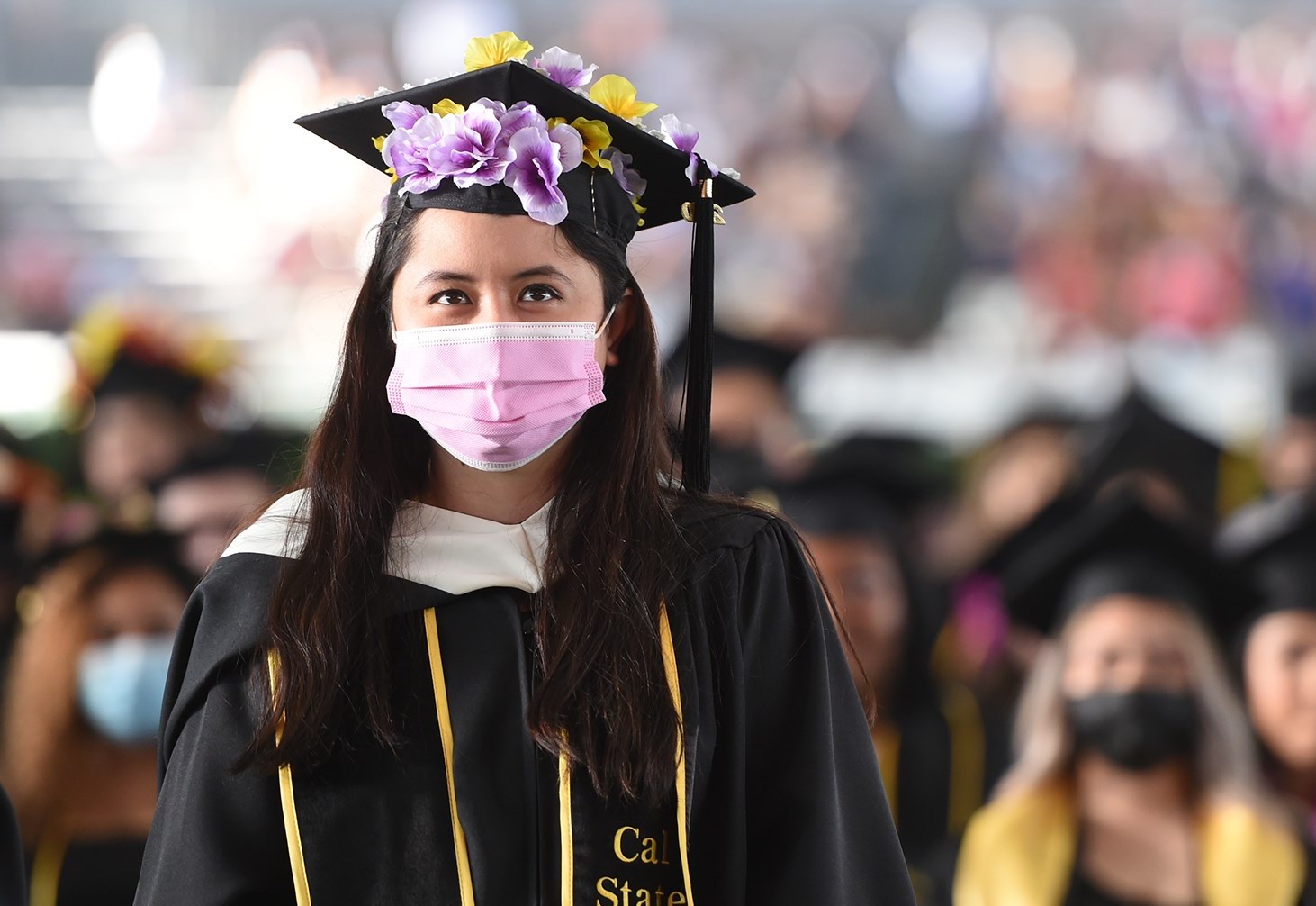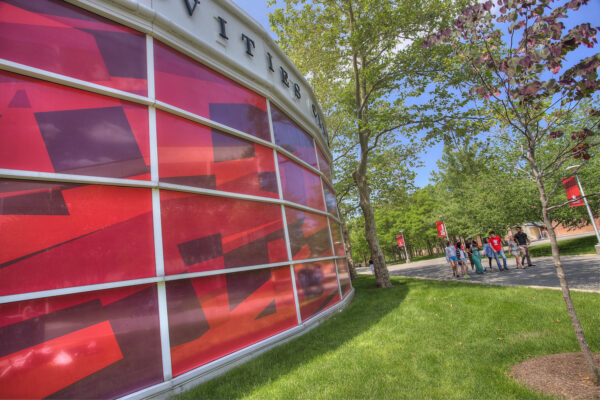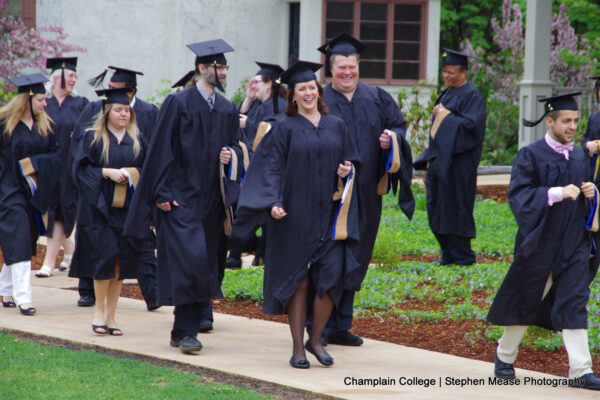By Joseph I. Castro
When an entire nation of college students suddenly found themselves faced with the reality of closed campuses in spring 2020, the disruption caused by the abrupt pivot to learning in an environment without classroom instruction was daunting. What followed, however, would be more than a year of resilience, adaptability, and resolve demonstrated by students, faculty, and staff alike—as well as their family members—to ensure that students maintained progress toward their academic goals.
Although our students and campus communities stepped up to overcome the disruption brought about by that unforeseen transition, the inequities exacerbated by the pandemic were laid bare in new and undeniable ways over the past 18 months. Now, we must do everything we can to avoid creating an equally disruptive environment as we begin returning to campuses. This fall, and for the foreseeable future, colleges and universities must be willing and able to meet our students where and when they need us most.

2021 commencement at California State University, Los Angeles.
While many are eager to return to campuses this fall, it became increasingly obvious that virtual course delivery would need to be an integral and lasting part of our curriculum moving forward, even prior to the uncertainty surrounding the surges of the delta variant. It’s undeniable that many of our students have greatly benefited from the added accessibility and flexibility that came along with virtual learning. For some, it may have even opened doors to higher education by removing physical obstacles that were once present.
Students with learning disabilities were suddenly equipped with many of the tools necessary to succeed, without needing to request special accommodations. Asynchronous lectures, assignments, and exams actually allowed many to excel, despite the other chaotic circumstances happening in the world.
A countless number of students found themselves as caregivers, either to children, parents, or grandparents, or needed to maintain a job to provide for themselves or their families. Creating a less rigid schedule and eliminating the need for lengthy commutes allowed students to fit their education around their lives—not the other way around.
In 2015, The California State University (CSU) launched Graduation Initiative 2025 with an ambitious, yet imperative, goal of more than doubling the four-year graduation rate system-wide. As we welcome the class of 2025 into our student body this fall, we’ve made remarkable strides already.
But much more work remains to be done.
As we strive for higher graduation rates, an equally if not more important goal has become increasingly essential. It’s not enough to increase our graduation rates across the board if we don’t also work to eliminate equity gaps and to ensure that all students have an equal opportunity to earn the security, prosperity, and promise that come with a Cal State degree. Added flexibility provided through virtual learning is proving to be a largely untapped resource as we strive to eliminate equity gaps once and for all.
Prior to the pandemic, the CSU did offer both fully online and hybrid courses. But in the fall 2019 semester, these amounted to less than 5 percent of the total offerings. This fall 2021, even before the rise of the delta variant, we’ve expanded both online and hybrid courses to more than 20 percent of the total courses.
And the benefits of virtual offerings are not limited to the classroom. Many of our student support services across our campuses will continue forward with virtual advising, mental health counseling, and support, as well as food pantry scheduling and other services to support their basic needs.
Of course, new online offerings are only effective if students are equipped with the tools that are necessary to reliably and consistently access them. In anticipation of this, we launched the CSUCCESS Initiative this summer, making as many as 35,000 iPad Airs, Apple Pencils, and Apple Smart Keyboard Folios available to first-year and new transfer students at eight of our campuses. The need was obvious for students to have access to state-of-the-art devices to access course materials and complete their assignments. While this was just phase one of what we envision to be a multiyear, multicampus, and multifaceted initiative, we’re already heartened by the feedback received from students as they receive their devices.
Historically, there have been many assumptions, obstacles, and even stigmas associated with large-scale online learning within higher education. Due to a move made out of necessity, we now know many of them to be false. As the largest and most diverse public university in the country, it’s obvious that these efforts can grow our presence even further and expand the impact our graduates go on to have across California and the entire nation. We must not shy from these endeavors any longer.
If we provide our students with the necessary tools to complete the coursework, they’ve proven repeatedly that they are more than up to the challenge. Much remains uncertain about what the fall 2021 semester will bring, but it’s increasingly obvious that expanded online offerings will be a welcome development—both now and for many years to come.
If you have any questions or comments about this blog post, please contact us.


